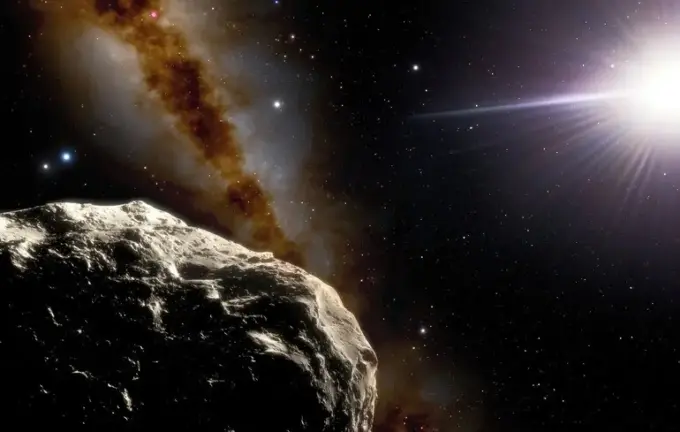Discovery of a New Near-Earth Hazard: Asteroid 2025 SC79 Near Our Planet

Scientists from the Carnegie Institution have made a significant discovery — a new near-Earth asteroid designated 2025 SC79.
This celestial object orbits close to our planet and has become the 39th member of the Atira group — the largest collection of objects whose orbits lie entirely within Earth’s orbit.
The discovery was made by researcher Scott C.
Sheppard using a state-of-the-art observatory.
The asteroid measures approximately 700 meters in diameter and completes an orbit around the Sun every 128 days, crossing the orbits of Venus and Mercury.
Notably, it is only the second known object with an orbit fully contained inside the solar orbit, making it particularly interesting in astronomical research.
Despite its relatively small size, the fall of such a cosmic stone to Earth could cause catastrophic consequences, capable of destroying millions of lives and triggering widespread devastation across entire continents.
Scientists emphasize that asteroids approaching Earth are especially difficult to detect due to their darkness and ability to hide in sunlight.
In particular, asteroid 2025 SC79 is only the second known object to have an orbit entirely within Venus’s orbit, contributing valuable data to the understanding of near-Earth objects and their potential threat.
According to Sheppard, identifying such subtle boundaries between inner and outer solar system orbits helps improve risk assessment and enhances humanity’s readiness for possible cosmic threats.

